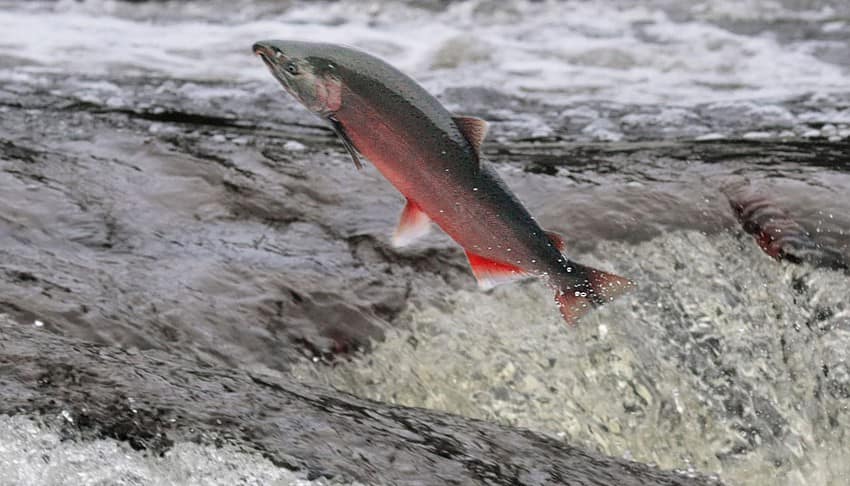By Ron Byers, Tillamook
There was a significant breakthrough in the effort to save Oregon Coho salmon, a federally-listed endangered species. To settle a federal lawsuit brought by conservation groups, the State of Oregon and its Forestry Department (ODF) agreed to accept federal regulation ofits forestry activities near fish-bearing waters in the Tillamook and Clatsop State Forests. (See link to article below.)
ODF will now have to seek a federal Initial Take Permit to log state forest lands on steep slopes above spawning waters. New logging roads will have to prevent runoffs that cover spawning beds with sedimentation. Old roads will have to be removed, and spawning habitat restored. Funding for restoration has not been set, but it’s clear that a big job lies ahead to reverse years of degradation. It’s also obvious that those that profited should pay for restoration costs.
The usual blowback from those that make money cutting trees in the public’s forests is beginning to circulate; they say the Settlement is going to cost money and jobs. But these threats aren’t going so far these days as people learn that timber profits benefit Wall Street investors MUCH more than the local communities that bear the actual costs of logging activities.
In truth, and in many ways, healthy salmon runs are more valuable than timber profits, and we can no longer afford to subsidize investors and timber practices that threaten wildlife and our sources of water.
People living in North coast communities from all walks of life identify with salmon. We can become known for restoring salmon populations by protecting their places of reproduction.
It’s a worthy legacy calling for us to recognize that state forests are the watersheds that produce spawning beds. Moreover, these forests store, filter and release the water that our communities use and drink. A win for Coho is a win for all of us.
Now comes the real job of making it so. We can all help by following the Coho’s continuing story, and talking it up. We want the watersheds and spawning beds restored. We want to be kept informed about this progress. We need people to adopt Coho and spawning fish as a community goal. Let’s encourage young people to get involved because they have a big stake in this. It’s a worthy topic for schools and businesses. The cycle of salmon is a part of all of us. Go Coho Go!


